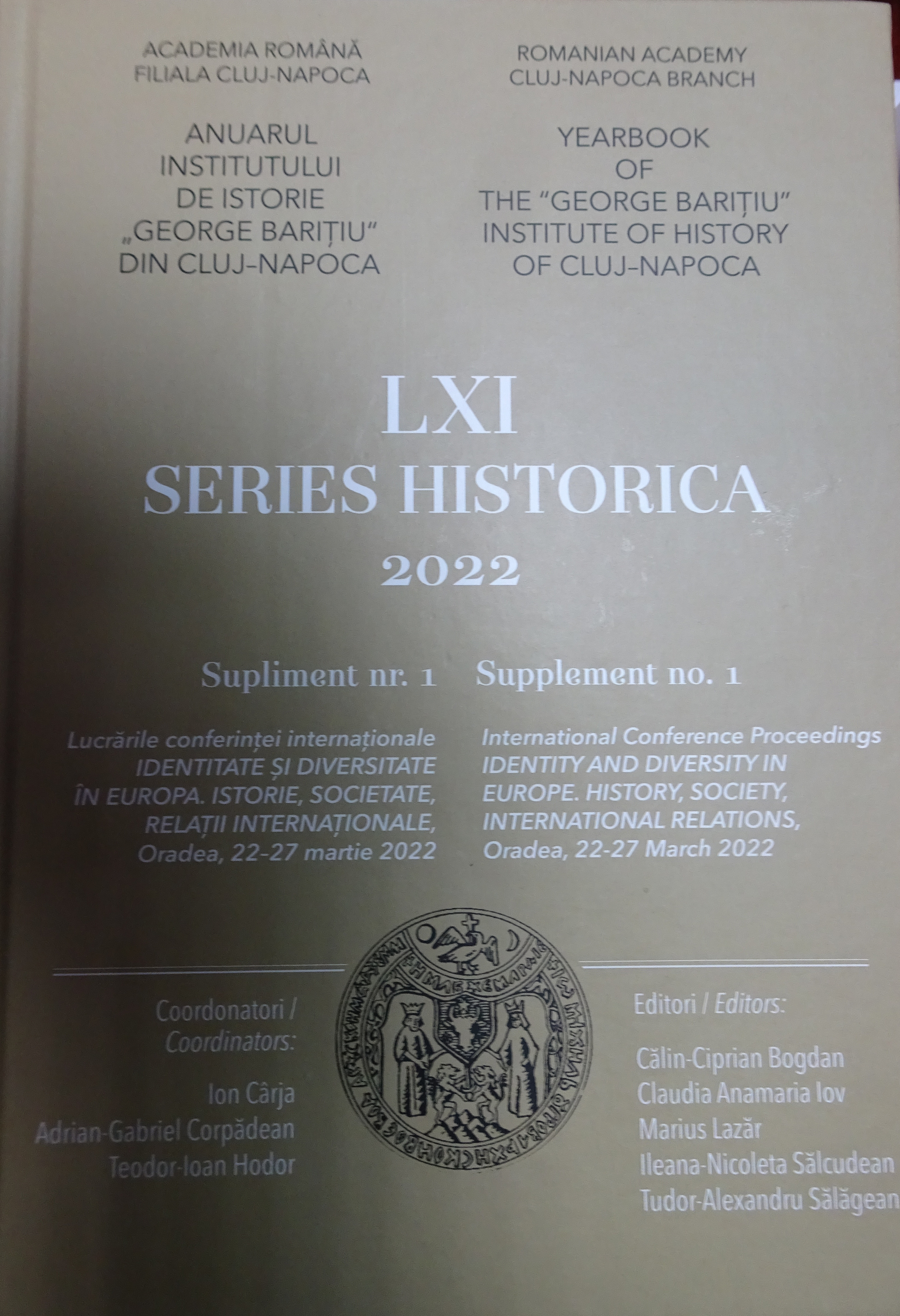Taina ursitoarelor în comunitățile tradiționale hunedorene
The Mystery of Fates in Traditional Communities from Hunedoara
Author(s): Loredana-Lucica VîtcăSubject(s): Cultural history, Customs / Folklore, Recent History (1900 till today), Cultural Anthropology / Ethnology
Published by: Editura Academiei Române
Keywords: destiny; mystery; faith; birth; predestination;
Summary/Abstract: Birth in traditional communities is a human crossing of the thresholds of life that mark the destiny of the future individual of the community. It is what ethnologists call the entry into culture, where life is put in dialogue with all its stages: childhood, adolescence, marriage and, finally, death. The archaic mentality considers that we do not make our own path through life, but we follow a fate destined at birth, by the Fates. As the bearers of the fundamental message of human destiny, life, the Fates, the goddesses of destiny cover every essential moment of it. Starting from this belief, an imaginary complex of popular mythology was created that acts in the effort of people to change the “given”, even trying antidotes against the “evil eye”, resulting in a series of practices in the ritual of fate, in order to make them give “good fate” for the whole destiny of the child, trying in this way to intervene in the development of the life that is being born.The traditional Hunedoara society is a living keeper of some magical beliefs and rituals practiced in the essential moments of the individual’s existence, which have found, over time, a wide reflection in the publications of specialists and those who have been impressed by this region. However, based on ethnography, local history and direct sources, living informants, I tried to draw up an ethnographic study that would show how to express one of the three moments of the human existence: birth, in order to present systematically the ethno mythology of the fate at birth found today in the archaic mentality of Hunedoara, considering that any less known details from the studied ethnographic areas are welcome. They only come to complete, to perfect a whole in its entirety.
Journal: Anuarul Institutului de Istorie »George Bariţiu« - Series HISTORICA - Supliment
- Issue Year: 1/2022
- Issue No: LXI
- Page Range: 133-144
- Page Count: 12
- Language: Romanian

